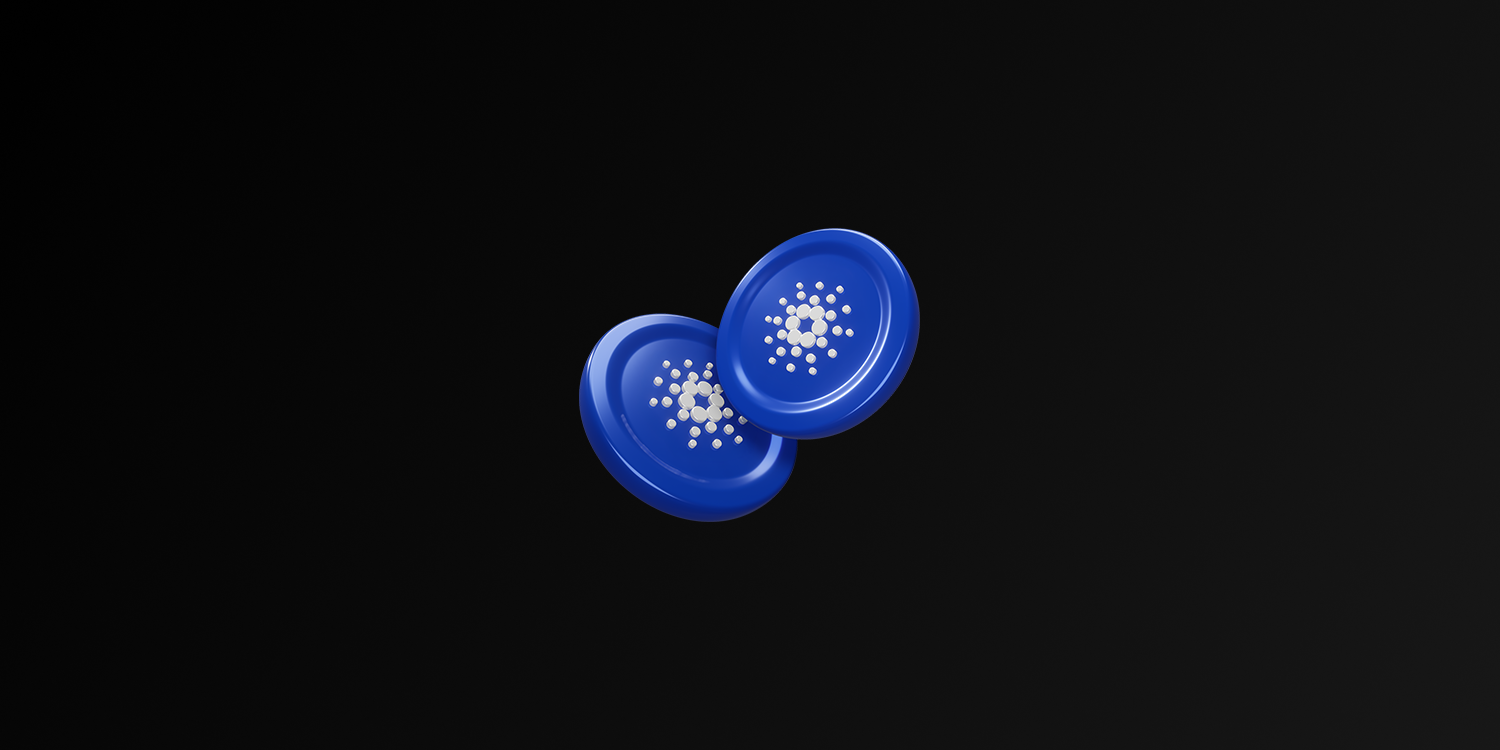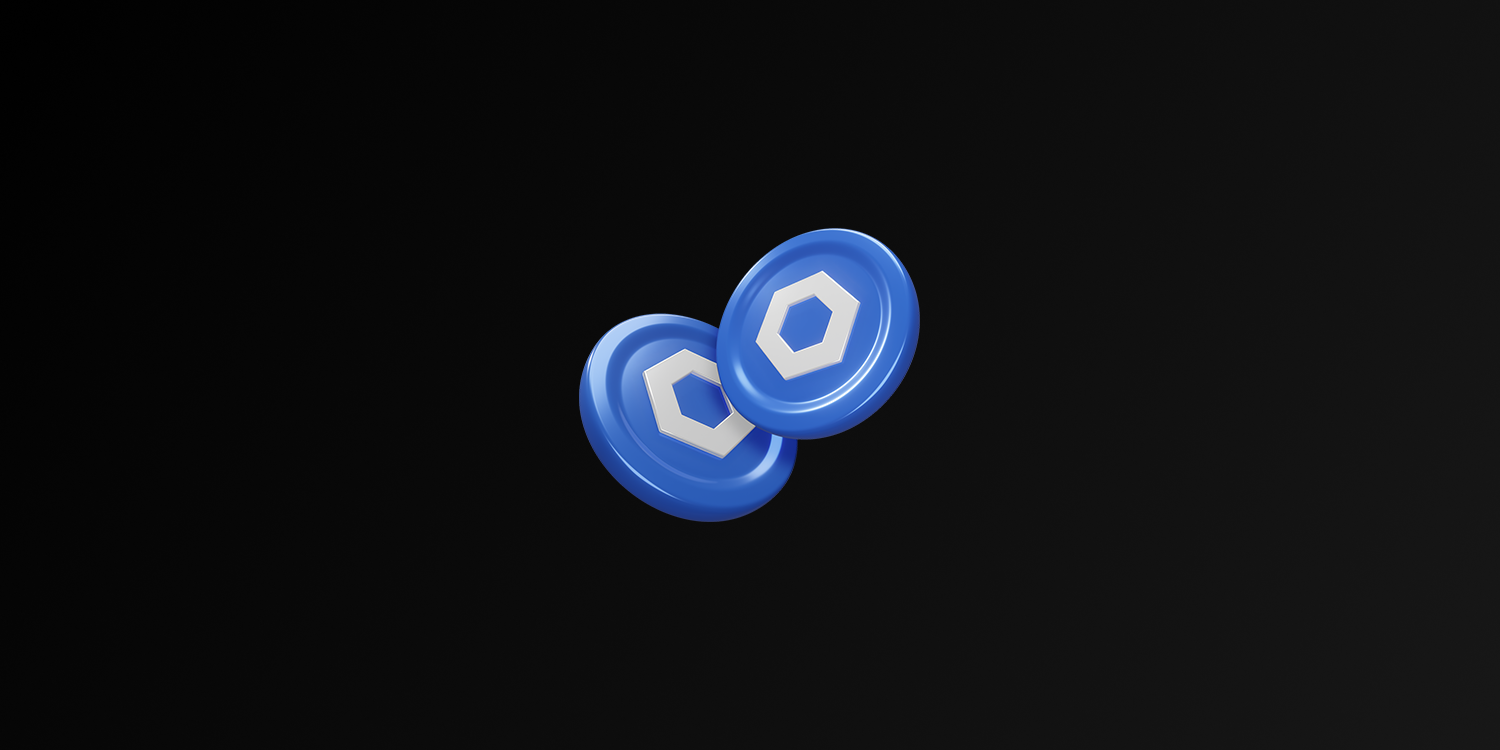Introduction
| Attribute | Details |
| Founder | Charles Hoskinson |
| Year Established | 2017 |
| CategoryWeb3 | Web3 |
| Description | Cardano is a research-driven blockchain platform that focuses on scientific approaches to smart contracts and DApps. It was started by Charles Hoskinson. |
Cardano (ADA) was founded in 2015 by Charles Hoskinson, one of the founders of the Ethereum network. He is the CEO of Input Output Global, Inc., which developed the Cardano project. Hoskinson first got involved in blockchain technology in 2011 when he started trading with mining.
After contributing to the early development of Ethereum and the establishment of the Ethereum Foundation, Hoskinson pursued his own blockchain vision. After seeing scaling issues, he created the Cardano project to usher in a new era of blockchain. Cardano is a general-purpose blockchain project with Proof of Stake (PoS). Known as a “third generation” blockchain, Cardano aims to solve the major problem of “second generation” blockchains: scalability.
Cardano Project Stages
If we look at the stages of the Cardano project, we can list them as follows;
Byron
Creates the first stage. ADA, the platform’s own currency, is introduced at this stage and the ADA coin is transferred.
Shelley
This phase allows the Cardano project to be community driven. By moving to a decentralized implementation, it allows users of the platform to have an impact on the governance of the network.
Goguen
Smart Contracts are activated on the network. Thanks to the Goguen phase, smart contracts are activated, eliminating the presence of a third party. This supports the decentralized application to operate independently.
Basho
This is an update that takes place in 2022. This is when the Cardano platform’s original goal of scalability is realized.
Voltaire: Governance and self-financing through a democratic entity that provides finance and fully decentralizes the ADA.
The stages in the Cardano roadmap enable an integral part of the eventual network, and when complete, the network will be fully decentralized, managed by investors and funded by a portion of their own small transaction fees.
How Cardano Works?
Cardano, a decentralized and open-source blockchain project, was developed to facilitate transactions. It has a multi-layered architecture that facilitates the operation of smart contracts and provides an adaptable and scalable platform that prioritizes security.
Cardano has established itself in the market as a “third generation” blockchain. Essentially designed to solve the scaling issues associated with both the first and second generation, Cardano (ADA) is proving to be a constant source of innovation.
Cardano aims to improve the overall capacity and speed of its network with several features. ADA’s own proof-of-stake (PoS) consensus protocol is at the forefront. Designed with efficiency in mind, PoS greatly reduces the network’s energy cost (especially compared to a Proof-of-Work (PoW) mechanism) without compromising security.
Hydra is a research-based layer 2 scaling solution for Cardano that increases transaction throughput and provides cost efficiency while maintaining rigorous security. It is designed to enable theoretically infinite scalability. Each time a new node joins the network, it allows for an increase in throughput.
Finally, the Chang Hard Fork on Cardano has been completed. Transforming the governance model, this update will give ADA holders a say in decisions that will affect the future of the project. This launch also ushered in the Voltaire era of blockchain.
Cardano Technological Structure
Cardano’s technological infrastructure is a combination of blockchain technology and smart contracts. Cardano is a platform designed for writing and executing smart contracts and is completely decentralized thanks to blockchain technology.
One of the things that sets Cardano apart is its proof of stake. It is one of the largest blockchains to successfully utilize shared decision-making. It’s also worth noting that in a proof-of-stake protocol, participants accumulate transaction fees, thus increasing their earnings as they progress.
Cardano uses the Haskell programming language, which enables smart contracts to be written and implemented more securely. Haskell is a programming language that prioritizes reliability and accuracy. Therefore, smart contracts written in Haskell are considered to be more secure.
Cardano’s blockchain technology uses the Ouroboros consensus algorithm. This algorithm ensures the security of the blockchain by rewarding ADA holders in proportion to the transaction volume of the blockchain. Energy consumption is also reduced by using the PoS consensus mechanism.
Where is Cardano Used?
Cardano’s primary token, ADA, is a Cardano (ADA), a blockchain platform with a variety of use cases, similar to how we characterize an exchange. Here are Cardano’s most prominent use cases:
Smart Contracts
Cardano provides a platform for the development and execution of smart contracts. This allows the creation of decentralized applications (dApps) and the automated execution of various transactions.
Decentralized Finance (DeFi): Cardano is used for the development of decentralized finance (DeFi) applications. DeFi projects can offer financial services on Cardano, for example, lending, liquidity pools and trading platforms.
Digital Identity and Authentication
Cardano can be used for digital identity systems and authentication solutions. These systems enable users to securely manage and verify their digital identities.
Supply Chain Management: Cardano can be used to track and manage transactions in the supply chain. Blockchain technology provides transparency and traceability in the supply chain, tracking the process from the origin of products to their delivery.
Education and Accreditation Systems
Cardano can be used in the education sector for applications such as accreditation systems and student records. Blockchain securely stores and verifies educational information.
Healthcare and Data Management
In the healthcare sector, Cardano can be used to securely manage and share patient data. This increases data privacy and security.
Developer and Project Support
Cardano supports developers to create new projects and applications. Cardano’s strong academic-based approach helps make projects more reliable and sustainable.
With these diverse use cases, Cardano allows blockchain technology to be applied across a broad spectrum. It offers potential solutions in many industries, from smart contracts to digital identity systems.
Conclusion
Cardano represents a significant advancement in blockchain technology, positioning itself as a versatile and scalable platform that addresses the limitations of earlier generations. Founded by Charles Hoskinson, Cardano’s structured development through distinct phases—Byron, Shelley, Goguen, Basho, and Voltaire—highlights its commitment to decentralization, community governance, and enhanced functionality. With its unique proof-of-stake consensus mechanism and the innovative Ouroboros algorithm, Cardano not only prioritizes security and efficiency but also paves the way for sustainable blockchain solutions.
The platform’s broad range of applications, from smart contracts and decentralized finance to digital identity and healthcare management, showcases its potential to transform various industries. As Cardano continues to evolve and expand its ecosystem, it stands poised to make a lasting impact on the future of blockchain technology, driving innovation and empowering users worldwide.





